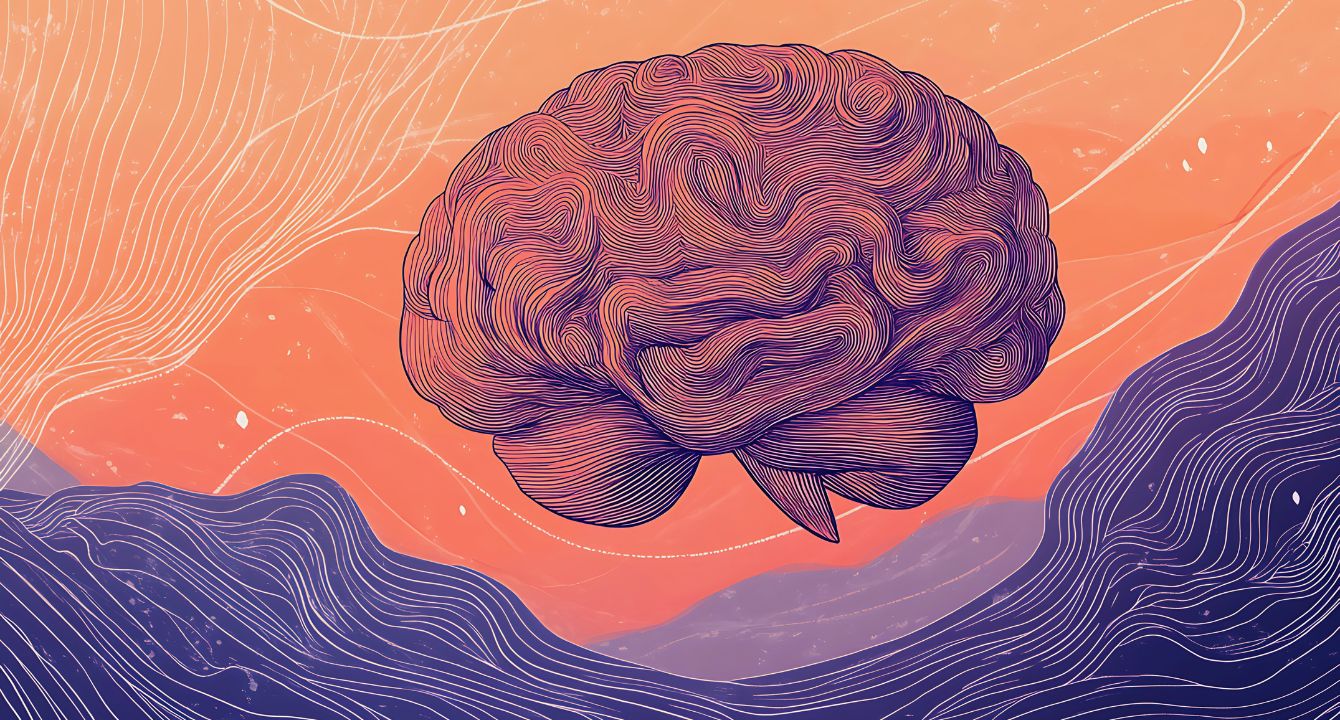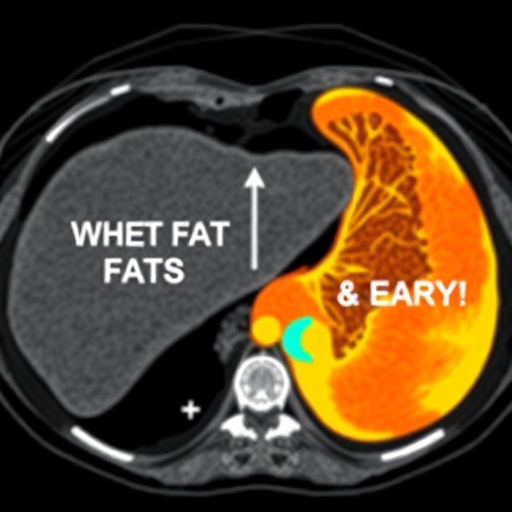The forgotten patients of brain health: Why Functional Neurological Disorder needs a clinical home

Imagine living with seizures, weakness or memory problems – but when you seek help, no one knows who should take responsibility for your care. Not your neurologist. Not your psychiatrist. Not your family doctor. You’re bounced between specialists who aren’t trained to diagnose or treat you, or worse – don’t believe your symptoms are “real.”
This is the everyday reality for many people in Ontario living with Functional Neurological Disorder (FND), a common but often neglected brain network disorder that lies at the intersection of neurology and psychiatry. Functional symptoms are the second most common reason to see a neurologist yet the mean duration to diagnosis is six years – which means six years of circling the health care system getting test after test, emergency department presentations and hospital admissions, costing the health-care system more than $80,000/year per individual with FND. Currently, FND has no clinical home in our health care system.
It is time that changed.
“We fall through every crack.” – Patient living with FND for two years.
“I had another person in my life that their spouse had cancer, they’ve already been diagnosed with their cancer, went through their cancer treatment, and they’re already back to work. And I am nine months in. And I’m still trying to access support.” – Patient living with FND for 15 years.
In our recent qualitative research project on the lived experiences of patients with FND in Ontario, one theme was inescapable: these patients are systemically orphaned. They are “treated like ping-pong balls,” bounced between emergency doctors, family doctors, neurologists, psychiatrists, rehabilitation providers and other health care professionals; the large majority of whom were not trained or resourced to provide care for people experiencing FND.
FND symptoms such as tremors, dissociative seizures, speech difficulties and brain fog are genuine, disabling and well-documented in medical literature. However, because there are no findings on brain imaging, blood tests or other investigations, patients are often dismissed or misdiagnosed.
“When they told us it’s Parkinson’s or M.S., the world was kind to us. When people hear FND, the world is not kind to you. It is only a disorder where, ‘Get it out of your head, try to fix yourself, and I’m not gonna help you. There’s no help financially.’ FND is not covered under any medical conditions to be helped financially. But if it was Parkinson’s or M.S., 100 per cent you would get the help. So, it was sad to say that for you to be heard, it has to have a name. But FND isn’t really a name known, understood or cared for.” – A patient’s spouse.
Unlike other common neurological diseases like Parkinson’s, epilepsy, or multiple sclerosis, FND has no dedicated clinical pathway in most of Ontario. That means:
- No centralized triage and clear referral systems
- No integrated team of care providers
- No long-term follow-up plan
- No formal protected funding for FND-informed therapies/services
In the rare instances where FND-informed clinics do exist, they only cater to specific subtypes (like movement disorders alone or dissociative seizures alone) and/or lack sustained capacity (e.g., one-time consults, no ongoing care). Patients lucky enough to find and qualify for these clinics often wait months or even years for a single appointment. Others will spend thousands of dollars of out-of-pocket costs trying to cobble together care from limited private-pay allied health providers.
These challenges lead to worsening disability, deep emotional distress and staggering economic consequences. People experiencing FND lose jobs, relationships and independence. Some end up in the emergency department repeatedly, costing the health care system more in reactive care than what proactive support would have required in the first place.
There is an alternative innovative model of care, termed “Brain Medicine,” which is a holistic, interdisciplinary, team-based approach to complex brain disorders. Brain Medicine accepts that some brain-based symptoms benefit from being understood simultaneously through multiple perspectives.
In Toronto, some hospitals embody this integrated clinical model of care through “one-stop shop” clinics, such as the Brain Medicine Clinic at Sunnybrook Health Sciences Centre, and the Integrated Movement Disorders Program at Toronto Rehabilitation Institute – University Centre. Educational programs, such as the Azrieli Brain Medicine Fellowship, aim to teach trainees from multiple brain-related medical specialties to take a Brain Medicine approach, thereby expanding the capacity of the health care system to offer this type of care.
This model reflects what we know about the brain – it is one organ, not a battlefield between disciplines.
In an ideal Brain Medicine clinic, a patient with FND might be seen jointly by a movement disorders neurologist, a cognitive neurologist, a neuropsychiatrist, a physiatrist (or physical medicine and rehabilitation physician), a neuropsychologist, a physiotherapist, an occupational therapist, a speech-language therapist and/or a patient navigator, depending on the individualized needs of patients after a centralized triage process. The care team would not only provide timely diagnosis and treatment but work together with the patient and family to explain the condition, develop a comprehensive therapy plan, coordinate follow-up and support recovery.
This model is not just useful for FND. It could help patients with medically unexplained (also known as persistent physical) symptoms, comorbid neurological and mental health conditions and persistent symptoms after a brain injury. It reflects what we know about the brain – it is one organ, not a battlefield between disciplines.
From our contextual inquiries with various stakeholder groups, the core issue is visibility.
FND has been historically marginalized because it is seen as “less real” than structural brain diseases. This stigma trickles upward: no funding, no programs, no training, no coordinated care. Instead, the system relies on a handful of champions in Ontario: clinicians, grassroots community organizations and passionate patients and care partners trying to treat patients without resources, often in isolation.
The time is ripe for the ministry of health, hospital administrators and policymakers to recognize FND not as a fringe condition, but as a common, disabling, and treatable brain disorder that requires dedicated infrastructure.
Ontario’s FND community is growing louder. Patients are organizing, creating advocacy groups, participating in research and asking for change. Our study captured their calls for:
- A clinical home for patients
- Expansion of interdisciplinary care models
- Education for frontline providers to reduce stigma
- Funding for therapy programs, especially for those without private insurance
This is not just a wish list; it is a roadmap. The stories are documented. The model exists. What is missing is government champions, investment and policy change.
Patients with FND are not puzzles to be passed around. They are Ontarians living with genuine and debilitating symptoms; many of whom have been ignored, invalidated and left to navigate recovery alone.
Let us stop asking whether their condition is “neurological enough” or “psychiatric enough” to deserve care. Rather, let us start building systems that reflect what medicine and patients already know; complex brain conditions require complex, compassionate, co-ordinated care. In other words, they require brain medicine.
Let us give FND a clinical home. And while we are at it, let us build a better home for all who fall between the cracks of our fragmented brain health system.
link








